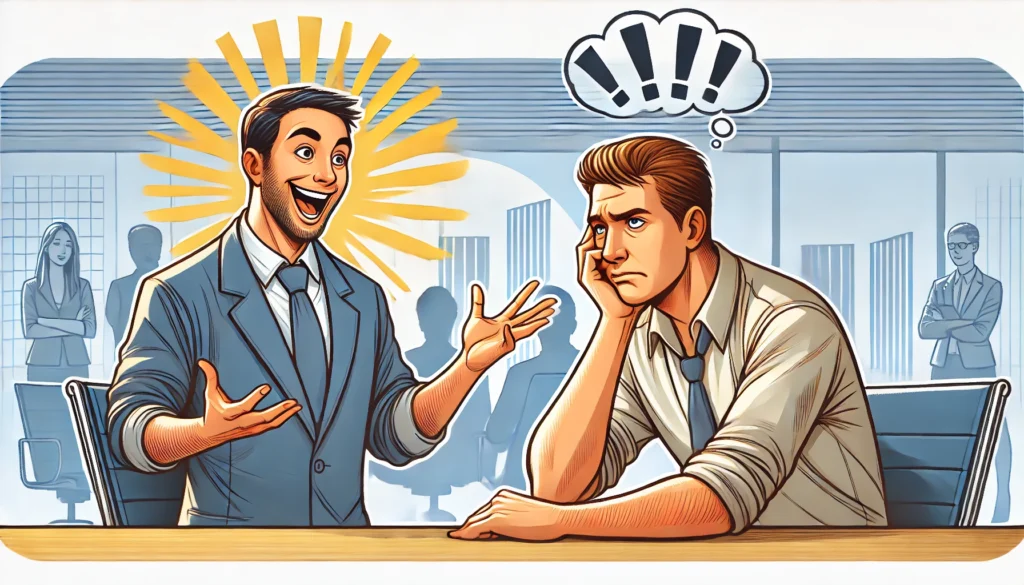You Don’t Need Exceptional Knowledge to Sound Exceptional
Lots of handshakes are happening. The guests are taking their leave. One by one they thank us, the hosts, for the lovely lunch event, our venue choice, and me personally for my insightful presentation. As I am politely returning their gestures with appreciation for their participation, one gentleman thanks me like everyone else and goes on to add, “Your knowledge is exceptional.” I return a delighted smile and say thank you. But once the event is over, I take a moment to reflect on the gentleman’s kind remarks. While this was quite a compliment, one that I had not received before, it was also one I did not believe I was worthy of. And this is not because I am a victim of imposter syndrome, certainly no more than the healthy amount many people experience when in a position of responsibility. Nor is it me being overly humble. I know that my knowledge is not exceptional. And so, I dissect my presentation. I had talked about five distinct investment themes, all compelling ideas worthy of investor consideration at the time, but unique nonetheless. The reason why I know my knowledge is not exceptional is that I know how limited the depth of my understanding is in each of those topics. I am not an expert in any of them, let alone all of them. What I had done, however, which made an impression on the gentleman, and perhaps others, is that I had clear and compelling talking points for each of those topics, which I delivered in an engaging manner. Mostly, couched inside stories. And that made an impression. This incident takes me to a question I often get. Being in a role where I have to talk about a wide range of topics, I’m often asked how I develop the knowledge. The answer is simple: you can’t develop deep expertise in lots of topics, if that is indeed your role, in a short period of time. You mustn’t represent yourself as an expert either. What you can do, however, is know enough to form a clear and coherent narrative that helps your audience understand what matters most and what is most relevant to them. As a public speaker, even though I did not have exceptional knowledge, I received that compliment because I: Knew my most salient talking points in each topic Couched my talking points within stories that resonated Delivered my presentation with energy and conviction That final point is of paramount importance. When you sincerely believe your message and demonstrate your belief, it shows. It makes an impact. For the generalists like me out there who speak on a wide variety of topics, this aforementioned framework is key. For people with deep expertise, the same works equally well. Ultimately, if you are concise, engaging, and energetic, people will not only connect with you, they might even admire your knowledge, whether it really is exceptional or not.
You Don’t Need Exceptional Knowledge to Sound Exceptional Read More »









